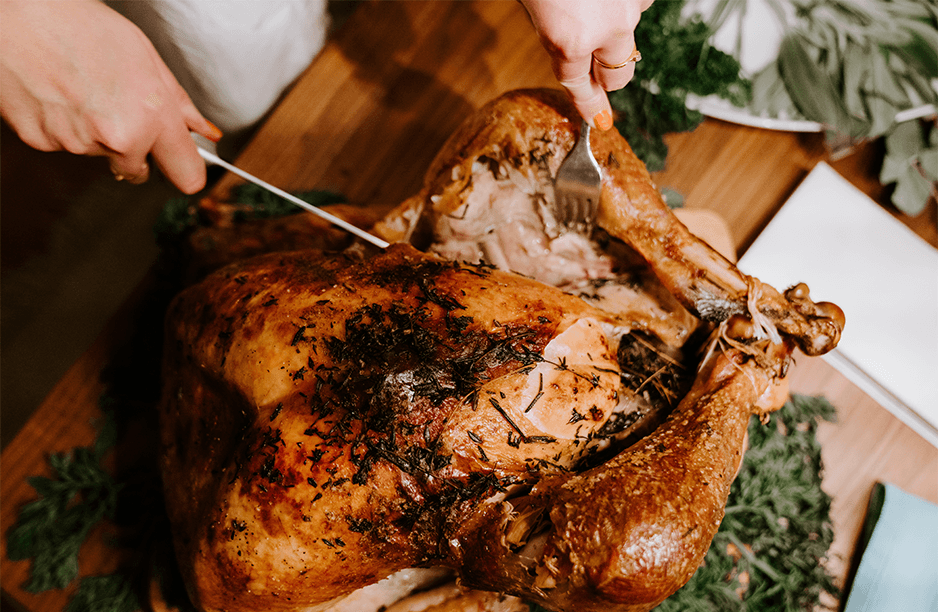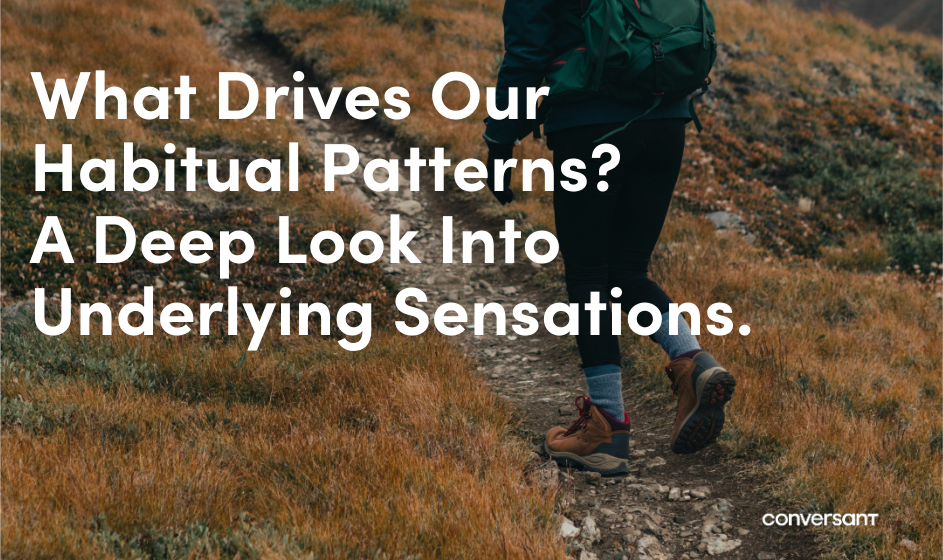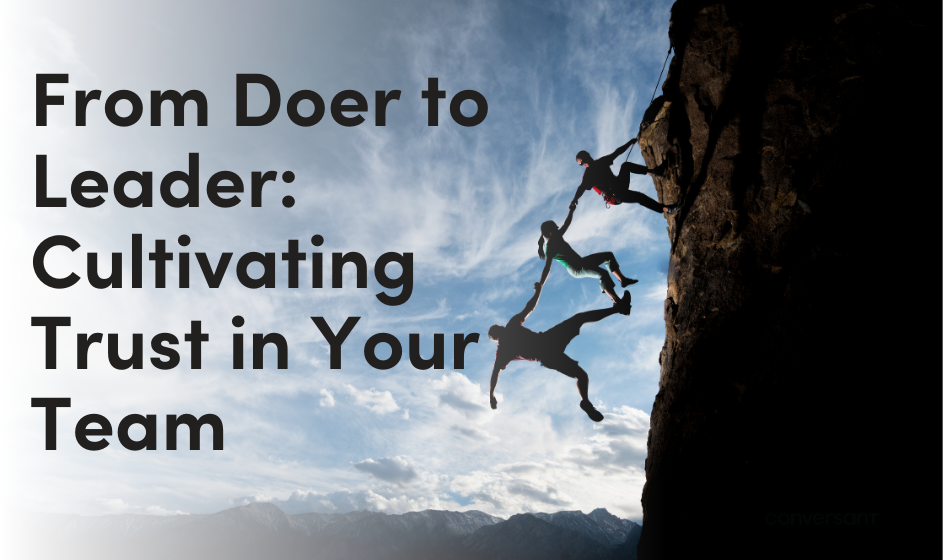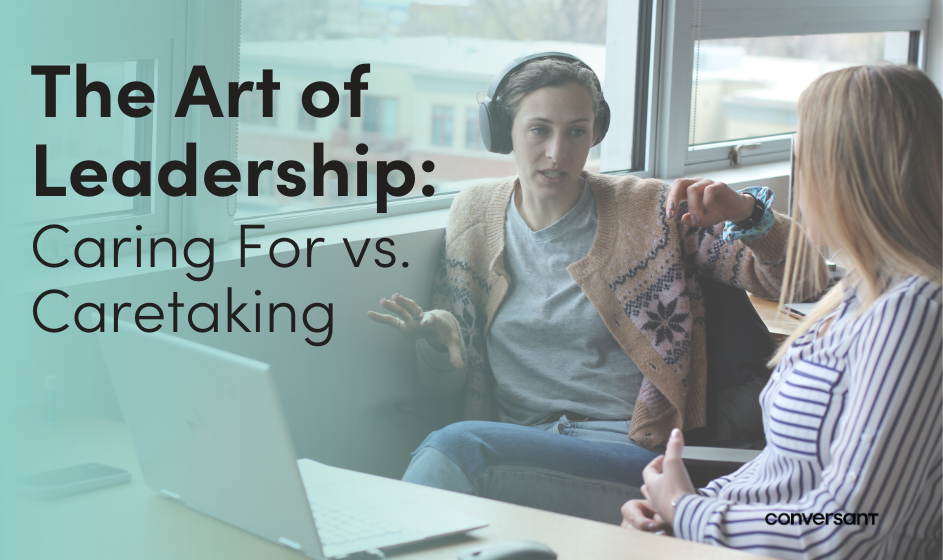
Photo by ?? Claudio Schwarz | @purzlbaum on Unsplash
Craving Connection is like Craving Chicken
Think of the last time you were hungry. You may have noticed you were hungry because of the cues your body sent like a rumbling stomach, or an irritability so affectionately known as “hanger”. These are easy cues to identify and it’s quite easy to address them: eat something. Ah, now you’ve got your stomach feeling full, a sense of pleasure from the food you ate and relief that the craving is now satisfied, at least temporarily.
In psychological science this is a “drive”; a built-in function of humans to survive and thrive. In this time where isolation is mandated by a governmental authority or necessary due to concern for the spread of COVID-19, we may all be experiencing a more difficult to identify drive: connection.
Recent research suggests that the same neural mechanisms at play in food cravings also show connection craving1. When deprived of connection, and facing acute mandatory social isolation, the results are telling: people are less happy, more lonely and experience more discomfort.
On one hand, this ought not to surprise anyone. As humans, we solicit social interactions with family, friends, and colleagues on a daily basis. However, much like a fish that doesn’t notice the water it’s living in, we may be at a disadvantage in identifying the tell-tale signs of craving connection. It’s easy to know when we’re hungry. It’s much harder to attribute our discomfort and longing to a need for connection, so instead of finding ways to satisfy that craving we may fill the void with less relevant or more harmful activities that serve at best as temporary relief.
As we all learn more about this drive to connect through the challenges of our new circumstances, here are some tips to keep in mind:
1) Be Present to Your Feelings
When we feel disconnected we can often feed that disconnection by introducing additional behaviors that continue to seclude and alienate. Take stock of the feelings you have by sitting silently for a minute and focusing on your breath. The stillness can help settle any reactivity so that you are more receptive to introspection.
2) Change Your Defaults
If you are living with a partner, spouse, child, or parent, take time to identify activities that foster connection. It is best to do this at a time when you aren’t already needing it. For example, I have “The Love Game” which is a pack of cards I bought off Amazon that contain questions like “who was your best friend in high school? Where are they now?”. In times of stress and disconnection, my wife and I pull out the cards and spend 20 minutes asking each other questions. We know this is a tool that works for us, which makes working through those moments much easier than if we had to think of something on the spot.
3) Be Patient
Most everything feels awkward the first time you do it. Eating is easy merely because we’ve done it so often for so long. Purposefully connecting may feel less practiced. Take time to try it out before assessing. Once you’ve given a few chances, then open up to work with another person on how best to connect in the future – sometimes that conversation alone can satisfy the drive!
Especially now, it’s important to be present to the power of connection and the cravings we have, even getting ahead of them by proactively connecting with others. It’s okay to reach out to friends from years past or to hug those we’re sheltering-in-place with. It’s ok to share with others how we are feeling, good, bad or uncertain.
It’s ok to crave connection. It’s what makes us human.
- L. Tomova., K. Wang, T. Thompson, G. Matthews, A. Takahashi, K. Tye, R. Saxe. The need to connect: Acute social isolation causes neural craving responses similar to hunger. bioRxiv(2020).



